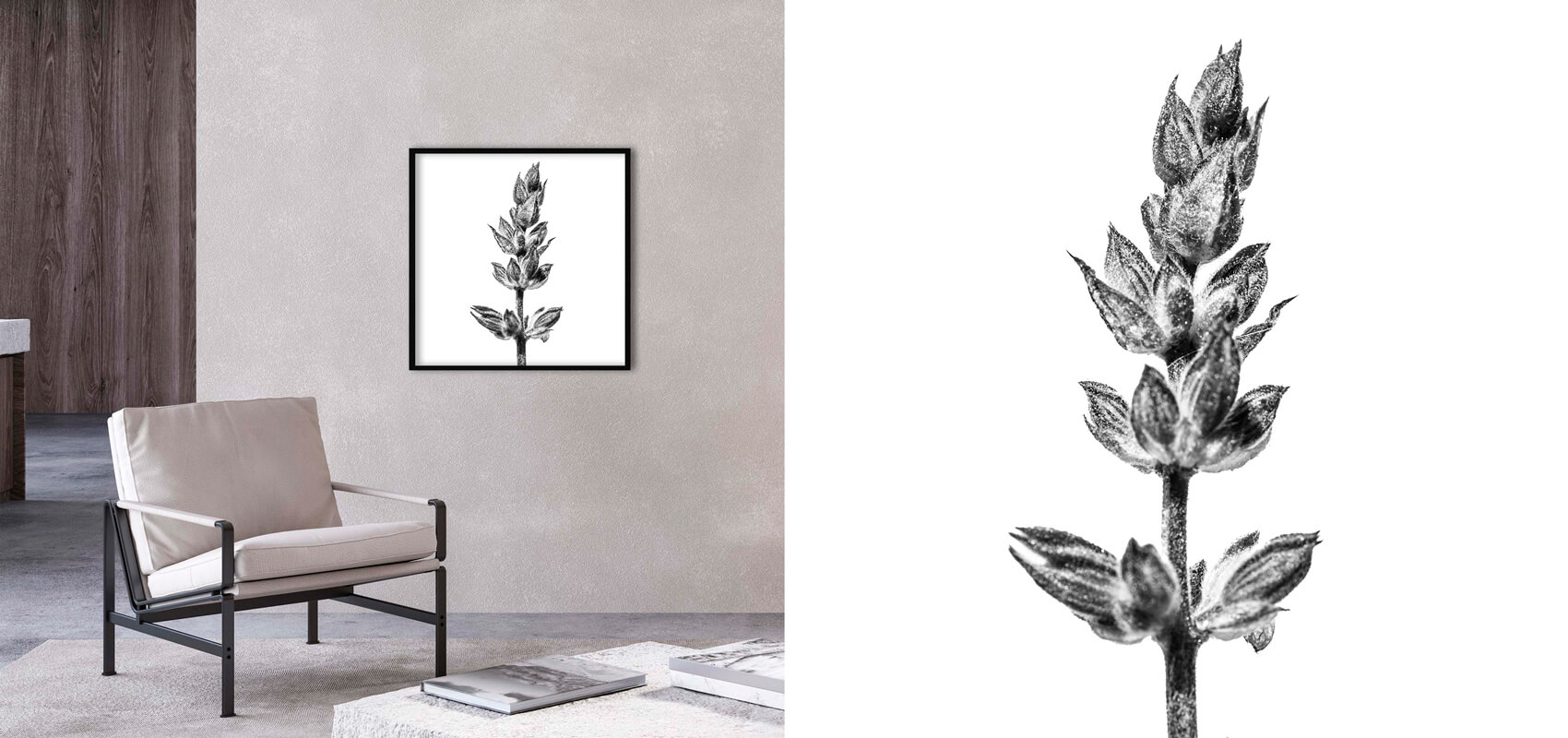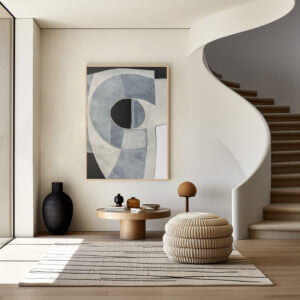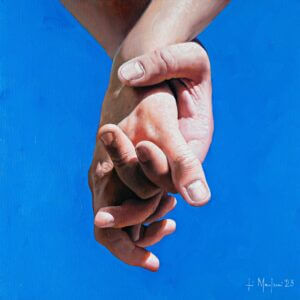Son and brother of photographers, Rocco Casaluci has always lived among film, lenses and photographic paper, but also among stages and country lanes, with the clear and sharp gaze of the observer.
Rocco, tell us about yourself.
I was born in Salento and, after a parenthesis in Verona during which I worked as an apprentice in the studio of one of my brothers, I lived most of my life in Bologna. My technical training then continued by working for various art galleries, reproducing works and creating catalogues. At the same time I have always carried on a great passion for the theatre, and by the strange cases of life I managed to reconcile the two by becoming the official photographer of the Teatro Comunale di Bologna, from 2007 until 2021.
Of all the aspects of a photographer’s work, the one I have always loved most is the moment of printing. As we know, throughout the 20th century and until the advent of digital photography, the figure of the photographer was very different from that of today: you worked in a darkroom and you needed tools, materials and skills that were not within everyone’s reach.
Has your profession influenced your feeling as an artist?
Yes, theatre has allowed me to ‘connect the dots’. Stage photography is not interpretive, in the sense that you have to respect everyone’s work and enhance the spirit of the work, and it is very technical. This led me to take on the role of privileged observer, because I worked during rehearsals, in close contact with directors and actors. Moreover, this profession trained me in waiting. I watched the birth of the show, and it was really a matter of waiting for the right moment, the decisive one. After all, I came from the analogue school, which was already made up of slow times and waiting: the time of the shot, the time of development, selection, printing and possibly retouching. As the etymology itself says, photography is a describing with light.
And what is it today?
Today, everything happens in a rush, in a kind of bulimia of images. I, on the other hand, like photography that allows you to observe details. In a scene, for example, I am not only interested in the main focus, but also in what is around it. The Sangallo lace curtains, the gentleman in the corner reading the newspaper, a photograph that – like life – is most beautiful if it is present in the here and now.
Has your photography changed over time?
Yes, it has dried up to the project I presented at Cinquerosso Arte: Sponte plantis. As I said, I have always loved black and white and in this project I apply it to the extreme, subtracting colour from flowers and plants, arranged against a neutral background. What I try to do with my photography is a training in looking, not just seeing; something for which you have to go beyond the eye as an organ of sight but move on to the organ of the mind. I use a macro lens to capture every detail and induce the viewer to pause, to get closer to observe closely. I choose spontaneous, humble plants, which go unnoticed also because of the speed with which we move, and I treat them as if they were people, as if I were making a portrait of the plant. I work a lot in the studio, but there are cases when it is better to go out into the field to capture a particular moment, for example the hatching of the petals. Nature is really amazing, with its geometry and architecture, and it never ceases to surprise.
How do you find yourself in the Cinquerosso Arte team?
I am happy and grateful to be involved, because I very much share the idea of an art within the reach of all lovers of beauty, not just the wealthy. I myself love to turn my works into small objects to give to people I care about. Art in this way is a gesture of love.


